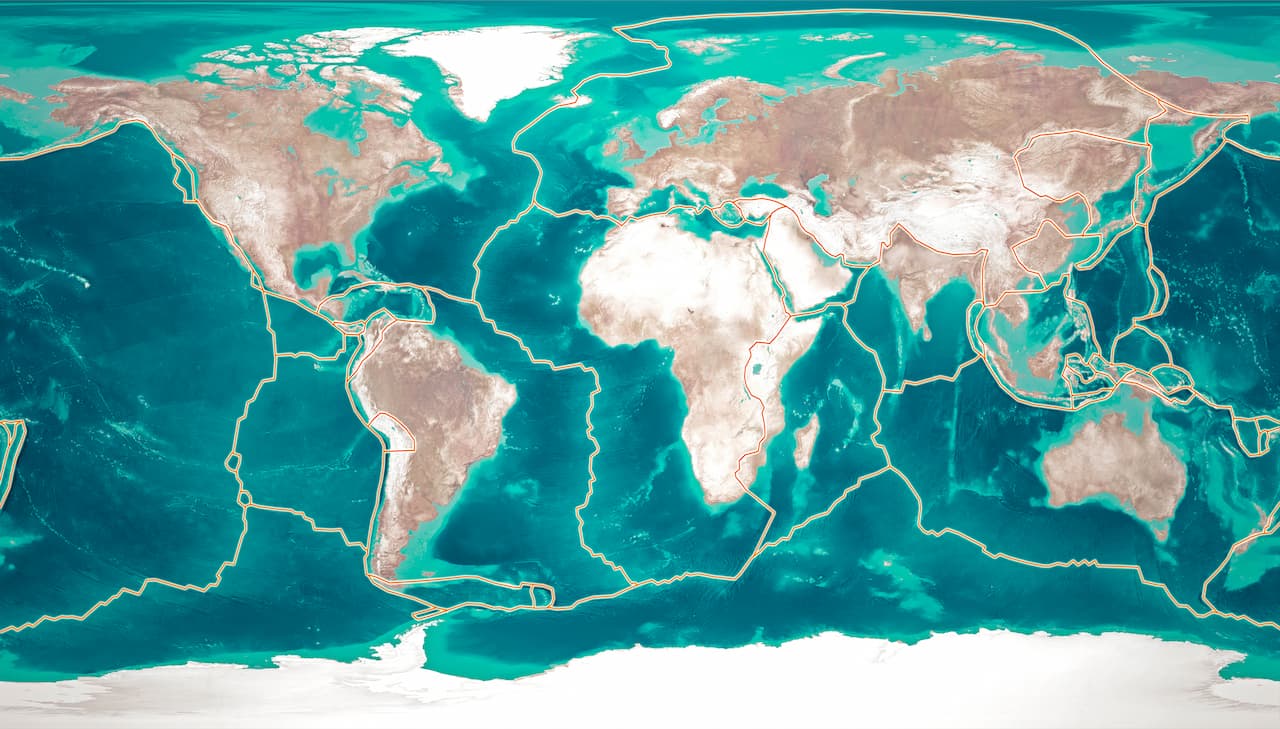
The Himalayas and Tibet are the largest example of the geological phenomenon known as continental collision.
It arose from the collision of pieces of the Earth's crust that belonged to the planet about 60 million years ago India And Eurasia.
The friction was so strong that the Indian plate was pushed under the Eurasian plate, and as a result, what we know today as the highest mountains in the world appeared.
However, the movements of these plates continue to this day and raise concern. There are two basic theories that previously explained this phenomenon.
Someone said that the Indian plate was “floating” and thus slid under the Eurasian plate and formed Tibet.
The other claims that the Indian plate actually went through a curling process, as if it were paper, and Tibet would be a fold.
But during the 2023 American Geophysical Union conference, a third thesis on this story emerged.
Researchers from institutions in China The US said the Indian plate is “slipping”, meaning the upper part is peeling away to support the weight of Tibet, while the lower part is sinking into the mantle.
Formation of the world's tectonic plates – Image: Internet/Reproduction
How did they reach this conclusion?
The team of scientists, associated with the China Ocean University in Qingdao, collected S-wave (from shear “up and down”) data at 94 seismic stations located in eastern and southern Tibet. The data were then compared with those for P waves (“back to front”).
The American team from Stanford University searched for another alternative. It is also impossible to dig a tunnel to reach the cloak LandThey used helium-3.
This component is a very rare gaseous isotope on Earth that could be released from the planet's core, so it is possible to assess whether the mantle would be close to the northern surface of Tibet.
The measurement was made at 200 Tibetan springs and revealed a pattern of helium-3 escape in northern Tibet.
This indicates that the mantle is close to the surface. In the south, what has leaked is helium 4, an isotope that proves that the plate there is still intact and forms a barrier that prevents other helium from passing through.
What does it look like now with the new discovery?
Scientists believe that this whole process was facilitated by the shape of the Indian plate, which is thicker to the north and thinner to the sides.
As a result, the core sinks faster and any slight pressure from the upper mantle erodes the lower part. Therefore, in the future it is very likely that this will happen Earthquakes In the region.

“Web geek. Wannabe thinker. Reader. Freelance travel evangelist. Pop culture aficionado. Certified music scholar.”






